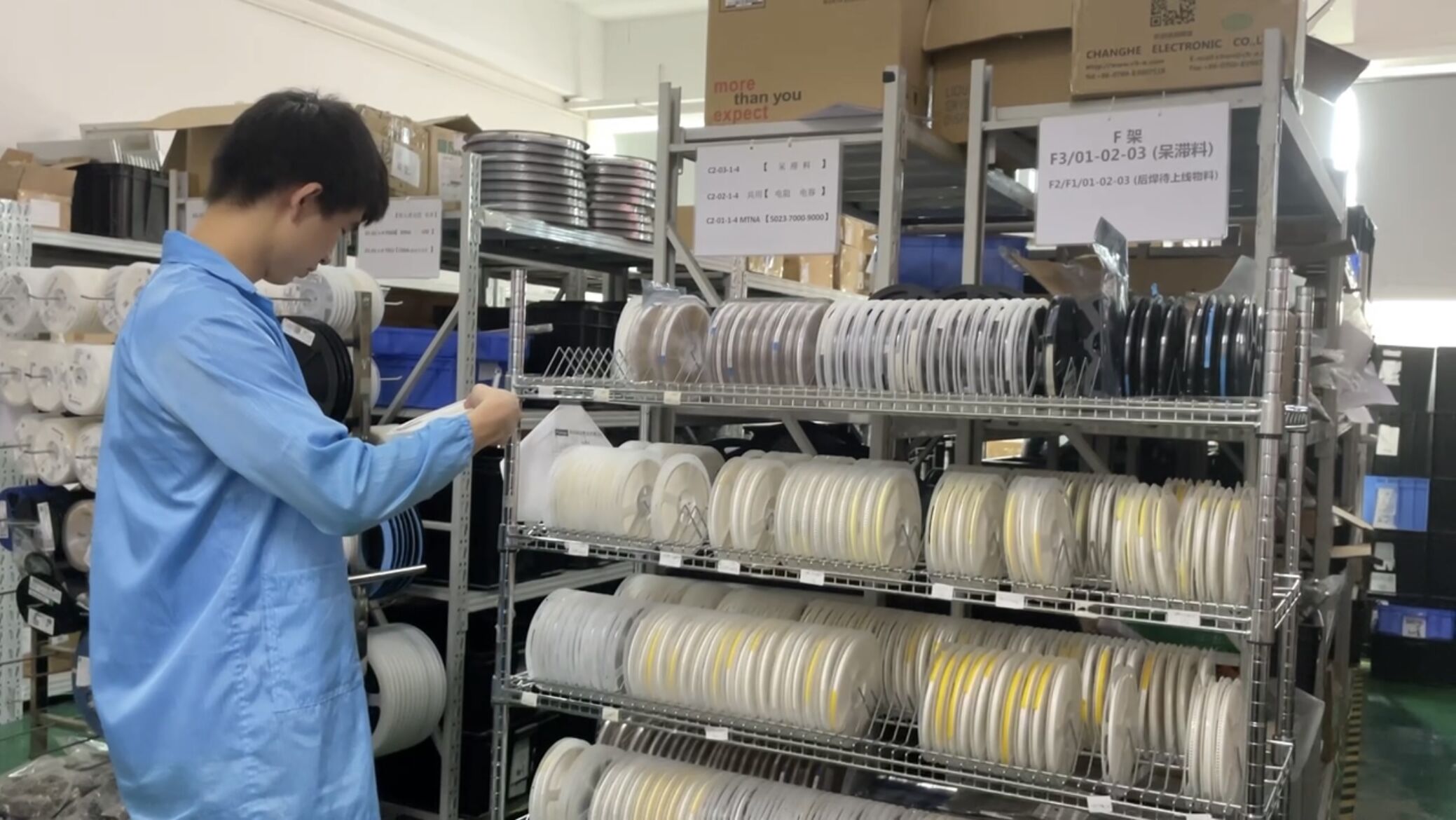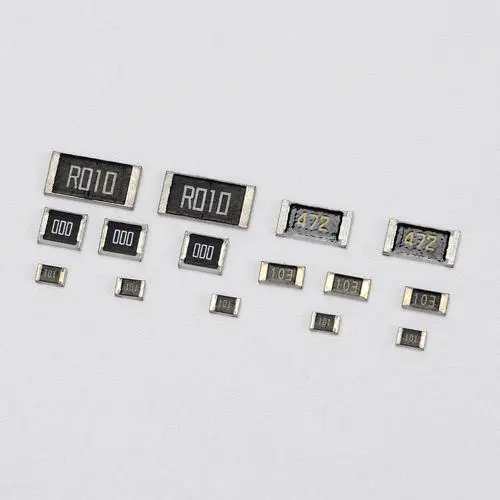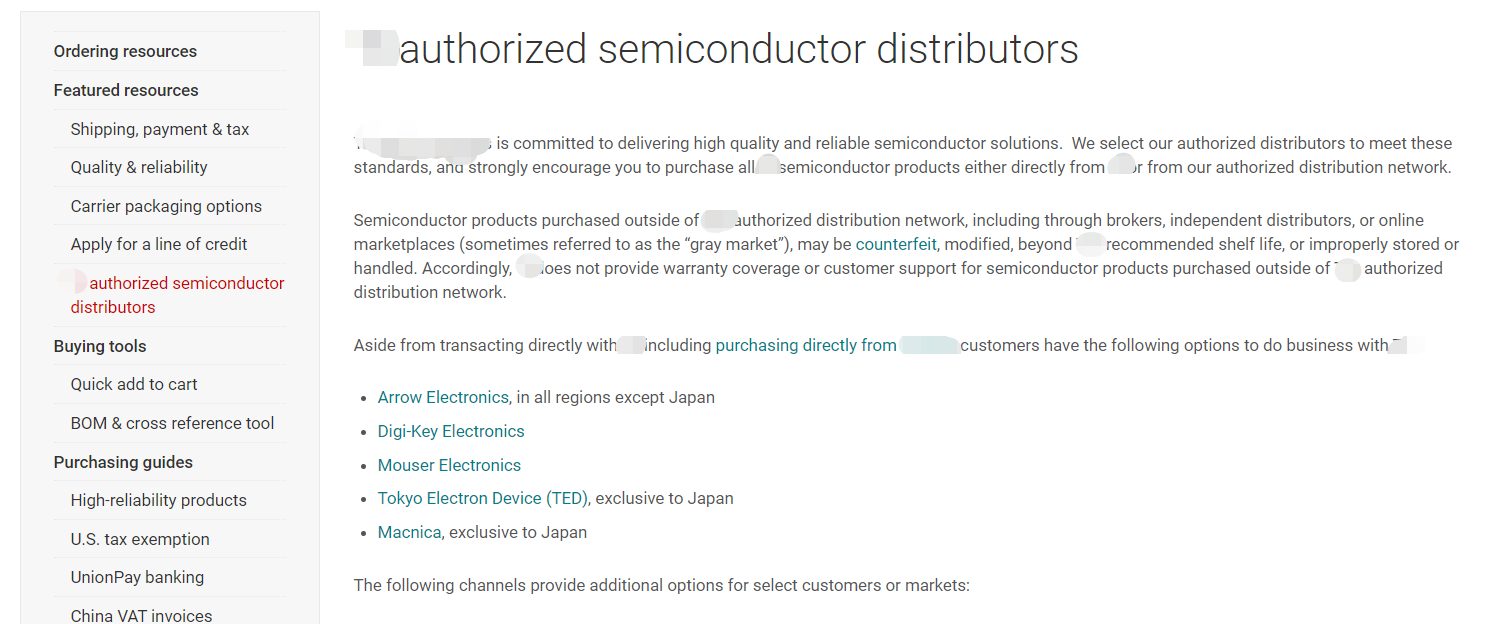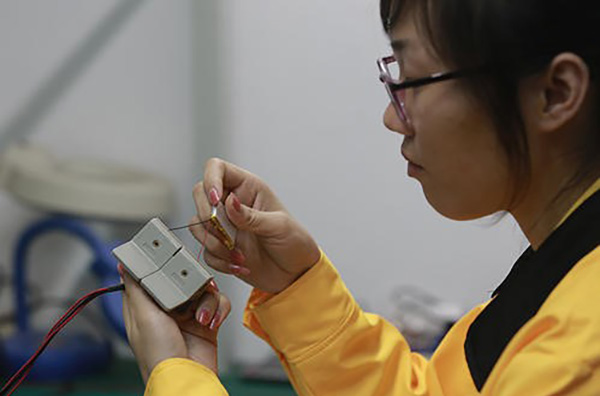
Review
Electronic components are the building blocks of modern electronics, and their availability and quality are critical to the success of any electronics project. Sourcing electronic components is the process of finding and acquiring the necessary components for a project, and it involves several steps, from identifying and specifying the components, to purchasing and receiving them.
Component sourcing are available at FUMAX Technology, we are leading manufacturers of ODM&OEM electronic product in SHENZHEN,China, we could help you to sourcing all electronic component from all over the world including passive component, IC, Peripheral component interconnect, and more. Please view our large selection of components below.
What’s electronic component
An electronic component is any basic discrete device or physical entity in an electronic system used to affect electrons or their associated fields. Electronic components are mostly industrial products, available in a singular form and are not to be confused with electrical elements, which are conceptual abstractions representing idealized electronic components. Electronic components have two or more electrical terminals aside from antennas which may only have one terminal. These leads connect, usually soldered to a printed circuit board, to create an electronic circuit with a particular function. Basic electronic components may be packaged discretely, as arrays or networks of like components, or integrated inside of packages such as semiconductor integrated circuits, hybrid integrated circuits, or thick film devices. The following list of electronic components focuses on the discrete version of these components, treating such packages as components in their own right.
Electronic Component Include:
• Active components (Semi-conductors, MCU, IC…etc)
• Others

How to source electronic components?
Sourcing electronic components is the process of finding and acquiring the necessary components for a project, and it involves several steps, from identifying and specifying the components, to purchasing and receiving them.
Component identification
The first step in electronic components sourcing is to identify and specify the components that are needed for the project. This involves creating a detailed list of all the components that are required, including their type, model, quantity, and any other relevant specifications. This list, known as a bill of materials (BOM), serves as a reference and guide for the rest of the sourcing process.

Resistors in different package
Supplier research
Once the BOM is complete, the next step is to research and compare potential suppliers for the components. This involves looking for suppliers that offer the specific components that are needed, as well as evaluating their prices, delivery times, and quality. It may also involve checking for any potential availability issues or lead times, as some components may be in high demand or have long lead times.
When researching potential suppliers, it is important to screen the suppliers to ensure they are reputable and reliable. This can involve several steps, such as checking their credentials and references, verifying their contact information, and reviewing their terms and conditions. It is also important to verify that the supplier is authorized to sell the specific components that are needed, as some components may require special certification or licensing.
To find authorized suppliers, the buyer can check with the manufacturer of the components, as they may have a list of authorized distributors or resellers. The buyer can also check with industry associations or trade groups, as they may have information on authorized suppliers. Additionally, the buyer can check online directories or databases, which may include listings of authorized suppliers for specific components or regions.

Authorized supplier of a chip manufacturer
Negotiation and order placing

Once the potential suppliers have been identified and compared, the next step is to negotiate the terms and conditions of the purchase. This may involve negotiating the prices, delivery times, and payment terms, as well as any other relevant conditions, such as warranties or returns. The negotiation process can be complex and time-consuming, but it is essential to ensure the best possible terms and conditions for the purchase.
After the negotiations are complete, the next step is to place the order with the chosen supplier. This involves sending a purchase order, which specifies the details of the order, such as the quantity, type, and model of the components, the delivery date, the payment terms, and any other relevant details. The purchase order is a legally binding document that confirms the agreement between the buyer and the supplier.
Summary
In conclusion, electronic components sourcing is the process of finding and acquiring the necessary components for an electronics project. It involves several steps, from identifying and specifying the components, to purchasing and receiving them. Effective components sourcing requires research, negotiation, and coordination to ensure the components are available, high-quality, and delivered on time.